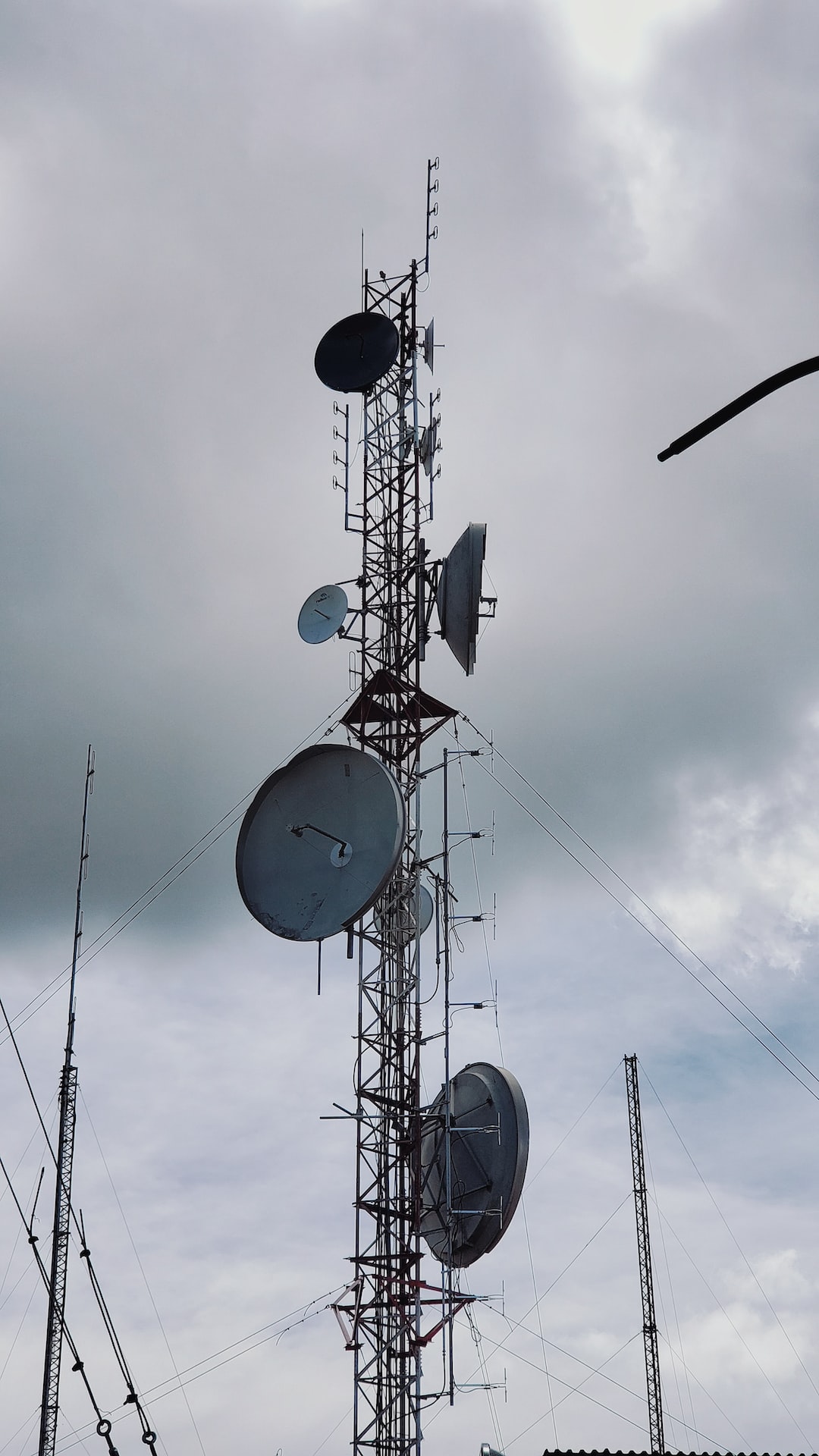Internet of Things (IoT): A Glimpse into a Connected Future
The world is rapidly changing, becoming more digital and interconnected than ever before. One of the key drivers of this transformation is the Internet of Things (IoT). The IoT refers to the network of interconnected devices that collect, exchange, and utilize data to improve our daily lives. From smart homes to self-driving cars, it is revolutionizing the way we live and work.
At its core, the IoT is about connecting everyday objects to the internet, enabling them to communicate and interact with each other. These objects can range from simple devices like thermostats and lightbulbs to complex systems like industrial machinery and medical equipment. By connecting these objects, we can gather and analyze data for better decision-making, automation, and increased efficiency.
One of the most exciting aspects of the IoT is its potential to transform our cities into “smart cities.” Imagine a city where traffic lights communicate with cars to optimize traffic flow, parking spaces notify drivers of availability, and waste management systems alert collection trucks when bins are full. Smart cities can improve energy efficiency, reduce traffic congestion, and enhance quality of life for residents.
In healthcare, the IoT has incredible potential to save lives and improve patient care. Wearable devices, such as smartwatches and fitness trackers, can monitor vital signs, detect abnormal patterns, and notify medical professionals of emergencies. This real-time data can lead to faster diagnosis, proactive healthcare interventions, and ultimately, better patient outcomes.
The IoT is also transforming the way we live in our homes. Smart home devices, such as thermostats, door locks, and security cameras, can be controlled remotely through smartphones or voice assistants. This level of automation and control enhances convenience, energy efficiency, and home security. Imagine being able to turn on the lights and adjust the temperature before you even step through the front door.
The implications of the IoT go far beyond our immediate surroundings. In agriculture, for example, sensors can be deployed to monitor soil moisture levels, humidity, temperature, and plant health. This data can be analyzed to optimize irrigation, enhance crop yields, and reduce water waste. Farmers can make data-driven decisions, leading to more sustainable and efficient farming practices.
However, with the benefits of the IoT come significant challenges. Privacy and security concerns are at the forefront of discussions surrounding this technology. As more and more devices become connected, the potential for data breaches and privacy invasions increases. It is crucial for governments, organizations, and individuals to ensure that robust security measures are in place to protect sensitive data and maintain user privacy.
Additionally, the IoT raises questions about ethical considerations and job displacement. The automation and interconnectedness of devices can lead to job losses in certain industries, impacting individuals and communities. Furthermore, the vast amount of data generated by the IoT raises ethical questions about ownership, governance, and consent. It is crucial for society to address these challenges to ensure a fair and equitable future.
Despite these challenges, the IoT represents a world of endless possibilities. It has the potential to transform how we work, live, and interact with the world around us. The connected future that the IoT promises is one of convenience, efficiency, and improved quality of life.
As we continue on this path towards a connected future, it is essential for all stakeholders to collaborate and address the challenges that arise. Governments must establish regulations to ensure data security and privacy. Businesses should invest in robust cybersecurity measures and prioritize ethical considerations. Individuals should educate themselves about the IoT and make informed decisions about the devices they use.
The Internet of Things is not simply a buzzword or a passing trend. It is a glimpse into the future of technology and its impact on our lives. With careful planning and consideration, we can harness the power of the IoT to create a connected future that benefits all of humanity. It is up to us to embrace this technology and shape it in a way that enhances our lives and protects our values.

